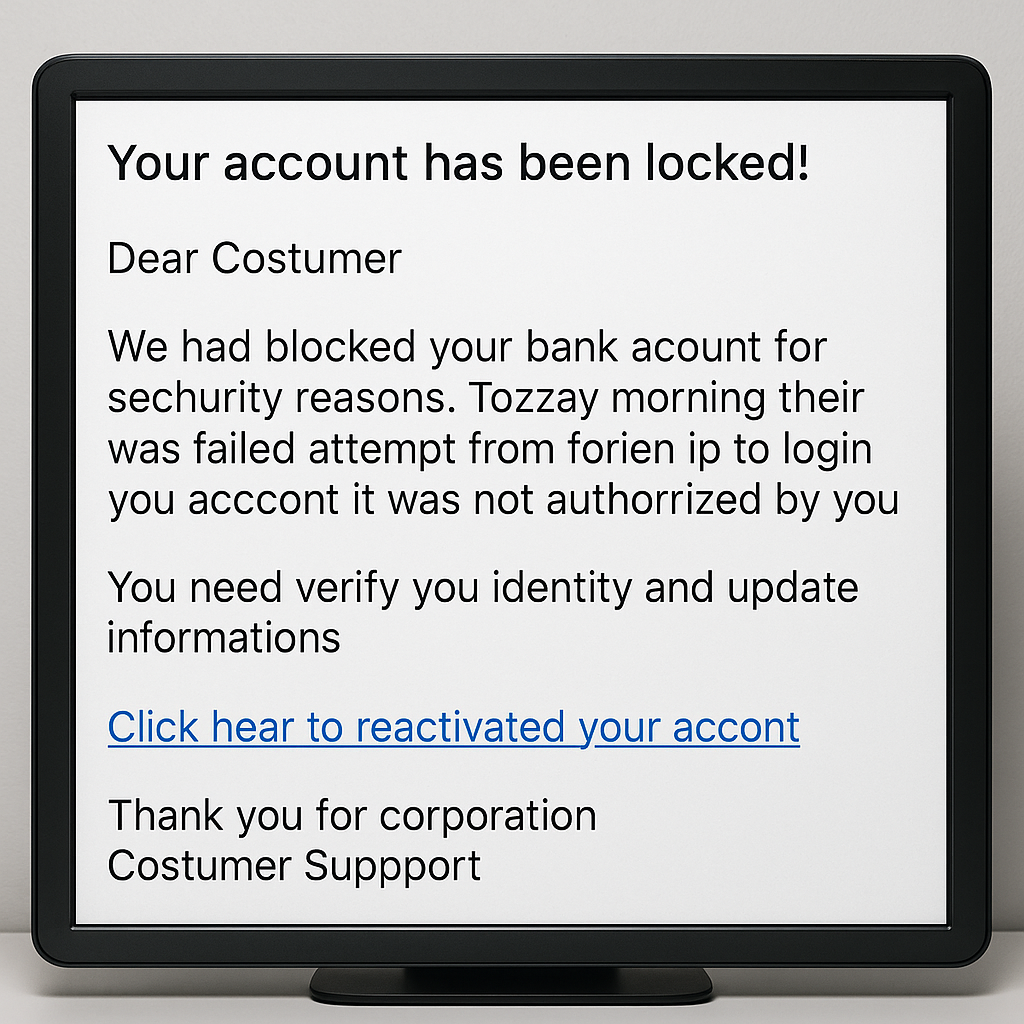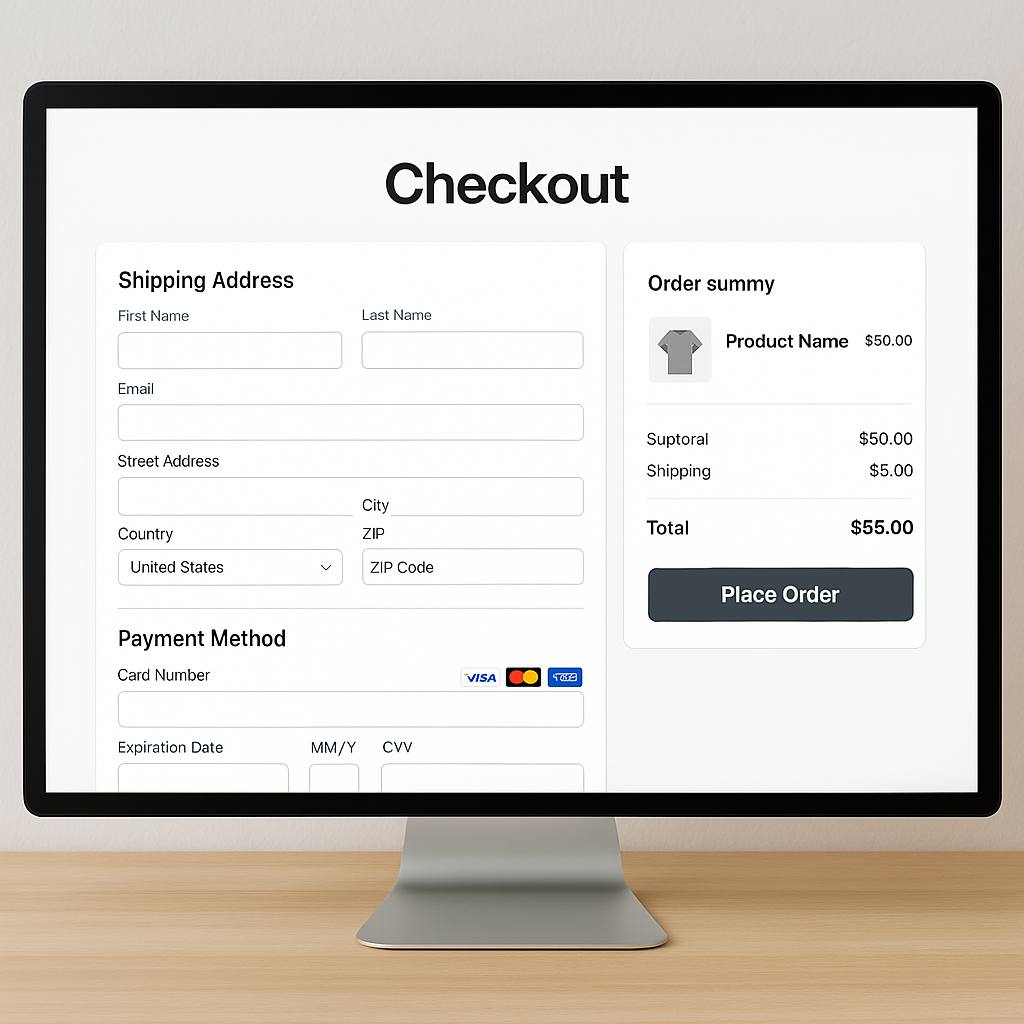Welcome to the unnerving yet strangely humorous world where identity thieves roam freely, slipping into digital closets and trying on our personal data like it's last season's designer wear. Imagine you're all set for a party, confident in your uniqueness, only to discover that someone else is out there, digitally mirroring your every move. How did this happen? Let's delve into the curious and comedic saga of the uninvited guest that raids our digital closets.
The Digital Closet: A Brief Introduction
Think of your digital presence as a vast closet. Within it, you store everything from your bank details to your favorite cat memes. It's the space where your online persona lives, complete with quirky social media profiles and those questionable selfies from that wild night out. But while you're busy curating your perfect digital wardrobe, there's someone sneaky trying on your digital outfits.
Your digital closet is not just a metaphorical space; it's an intricate web of interconnected platforms, accounts, and devices. Each item in this closet—whether it's a bank detail, personal correspondence, or shopping history—represents a piece of your identity. The more we engage online, the fuller this closet becomes, making it a treasure trove for identity thieves. Maintaining the organization and security of this digital closet is crucial for preserving our privacy and safeguarding against these uninvited guests.
Who Are These Identity Thieves?
Identity thieves are the nosy neighbors of the digital world. They're the ones who don't just borrow a cup of sugar—they take the whole pantry. They sneak in when you're not looking, rifling through your digital belongings with the finesse of a cat burglar. Their tools? Phishing scams, malware, and good old-fashioned trickery. Their goal? To walk away with enough of your personal details to cause mischief, mayhem, and maybe even a little financial ruin.
These digital prowlers come in various forms. Some are solo operators, working from the shadows with a laptop and an unhealthy obsession with your personal data. Others are part of sophisticated criminal networks, equipped with advanced technology and a relentless drive to exploit vulnerabilities. What makes identity thieves particularly insidious is their ability to adapt and evolve, constantly finding new ways to breach our defenses. Whether it's through social engineering, exploiting software weaknesses, or sophisticated hacking techniques, they are always on the lookout for opportunities to raid our digital closets.
The Methods of Madness
Identity thieves have an arsenal of sneaky tactics. Phishing emails are their bread and butter. These messages masquerade as trustworthy correspondences, luring you into divulging sensitive information. Think of it as someone inviting you to a fancy dinner party, only for you to find yourself serving hors d'oeuvres to a room full of crooks.
Phishing is just the tip of the iceberg. These thieves also use malware, the digital equivalent of dropping a banana peel in your path. You download what looks like an innocent app or click on a seemingly harmless link, and suddenly, your digital closet is wide open for inspection. It's like inviting a locksmith into your home, only to find them making copies of all your keys. More advanced techniques include keylogging, where they secretly record your keystrokes to capture passwords and other sensitive information, and social engineering, where they manipulate individuals into unwittingly revealing confidential data.
The Great Data Snatch
Once inside, these digital dress-up artists can do a lot of damage. They might siphon off your bank details, leading to unauthorized transactions that make your account look like it's got a hole in the bottom. Or they could use your personal information to open new credit lines in your name, leaving you with a financial hangover that makes last month's splurge on avocado toast seem trivial.
The consequences of identity theft extend far beyond financial loss. Victims often experience emotional distress, feeling violated and vulnerable. The process of restoring one's identity can be lengthy and arduous, involving countless hours of documentation, legal proceedings, and credit repair. Moreover, identity thieves can tarnish your reputation by engaging in fraudulent activities under your name, creating long-term repercussions that affect your personal and professional life. Understanding the full scope of their potential impact underscores the importance of vigilant protection against these digital marauders.
Staying Safe in the Digital Wardrobe
So how do you keep these uninvited guests from raiding your digital closet? First, be wary of phishing attempts. Treat unexpected emails with the suspicion you reserve for a stranger offering free candy. If something feels off, it probably is.
Next, beef up your digital security. Use strong, unique passwords for every account, and change them regularly—think of it as rotating your wardrobe seasonally. Enable two-factor authentication wherever possible, adding an extra layer of security. It's like having a bouncer outside your digital closet, ensuring only you can enter.
Additionally, consider investing in identity protection services that offer monitoring and alerts for suspicious activity. Educate yourself and others about the latest scams and tactics used by identity thieves, fostering a community of vigilance and awareness. Regularly back up your data to secure locations, ensuring that you can recover your information in the event of a breach. By implementing these strategies, you fortify your digital closet, making it a formidable challenge for identity thieves looking to raid your personal data.
Keep Software Updated
Regularly update your software to patch up vulnerabilities that might be exploited by identity thieves. It's akin to reinforcing your closet doors and ensuring the locks are the latest models.
Outdated software is a playground for identity thieves, providing them with easy access points to your digital closet. By keeping your operating system, applications, and security software up to date, you close off these vulnerabilities and stay ahead of potential threats. Automated updates can simplify this process, ensuring that you never miss a critical patch. Remember, an updated system is a key component in maintaining a secure digital wardrobe.
Embrace the Humor
While the idea of an identity thief sneaking into your digital closet is undeniably unsettling, it also has a bizarrely comedic angle. Imagine a thief trying on your online persona like it's a mismatched outfit, struggling to fit into the unique quirkiness that makes you, well, you. Picture them navigating your favorite social media platform, bewildered by your choice of hashtags and the niche interest groups you follow.
Humor can be a powerful tool in dealing with the anxiety and fear associated with identity theft. By imagining these thieves fumbling through your digital closet, you can reclaim some sense of control and perspective. Picture them scratching their heads over your eclectic playlists, obscure movie references, and personalized settings. This mental exercise not only lightens the mood but also reinforces the notion that, despite their efforts, they can never truly replicate the essence of your unique digital identity.
The Ultimate Defense
In the end, the best defense is a mix of vigilance and humor. Stay alert to the dangers, but don’t lose your sense of humor. After all, while identity theft is no laughing matter, the image of a thief fumbling through your digital closet in a desperate attempt to mimic your one-of-a-kind digital style is undeniably amusing.
Combining serious security measures with a playful mindset creates a balanced approach to identity protection. Stay informed about the latest security practices, but also take moments to laugh at the absurdity of identity thieves attempting to impersonate your digital persona. This blend of vigilance and humor not only strengthens your defenses but also empowers you to navigate the digital world with confidence and resilience.
Concluding Thoughts
Identity thieves may be the uninvited guests of the digital world, but with proper precautions, you can thwart their attempts to raid your digital closet. Keep your digital wardrobe secure, stay informed about the latest scams, and most importantly, maintain your sense of humor. Because, in the grand scheme of things, your unique digital style is something they can never truly replicate.
So, next time you log in, remember to keep an eye out for those sneaky digital dress-up artists and enjoy the quirky adventure of safeguarding your digital closet. And if you ever find yourself facing an identity thief, just imagine them fumbling awkwardly in your online persona—it's almost worth a chuckle.
By embracing security practices and infusing humor into your approach, you can protect your digital identity while preserving your sanity. The digital world is vast and ever-changing, but with vigilance and a lighthearted perspective, you can navigate it safely. Remember, your digital closet is a reflection of your unique self, and no matter how hard they try, identity thieves can never truly emulate the originality that defines you.











